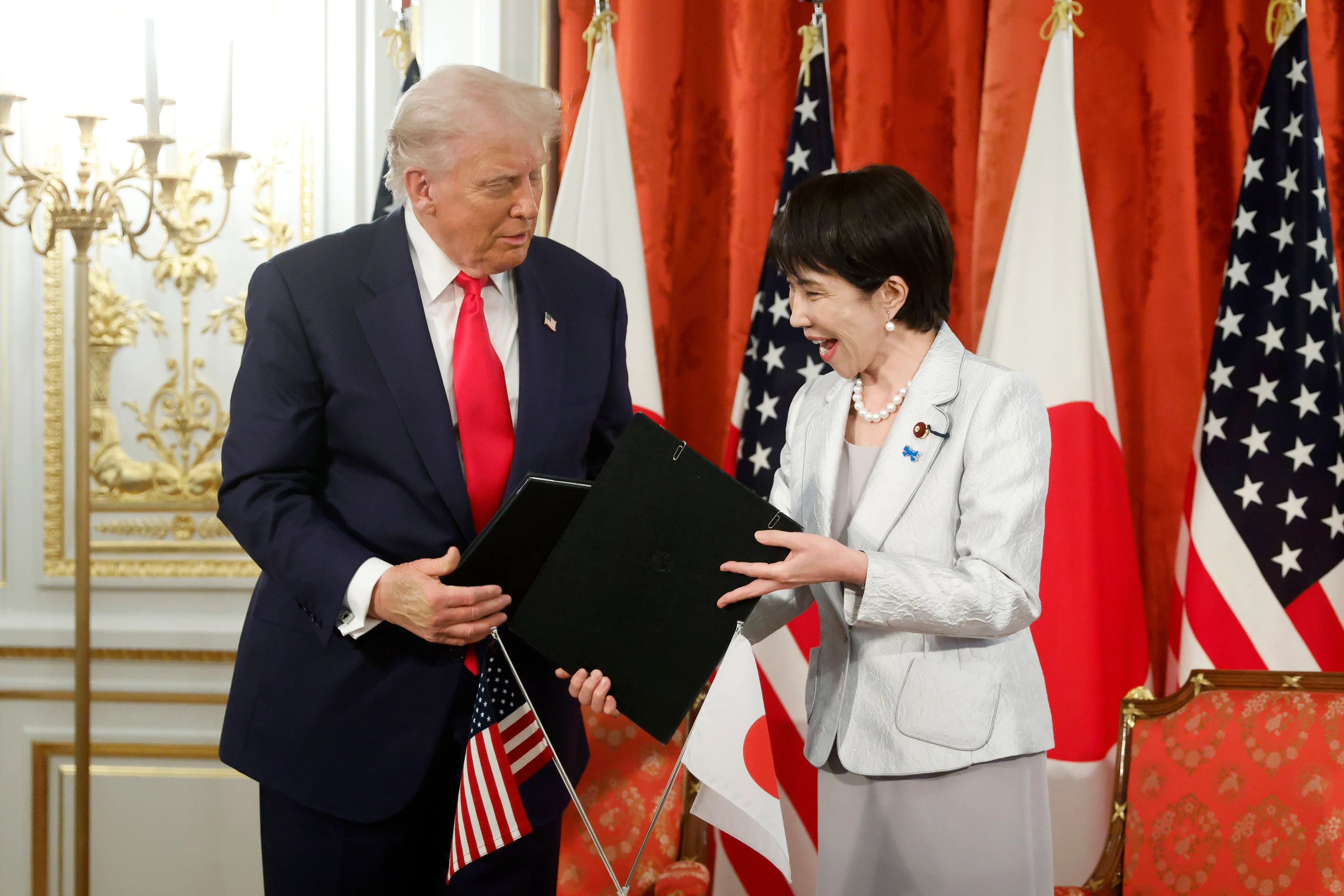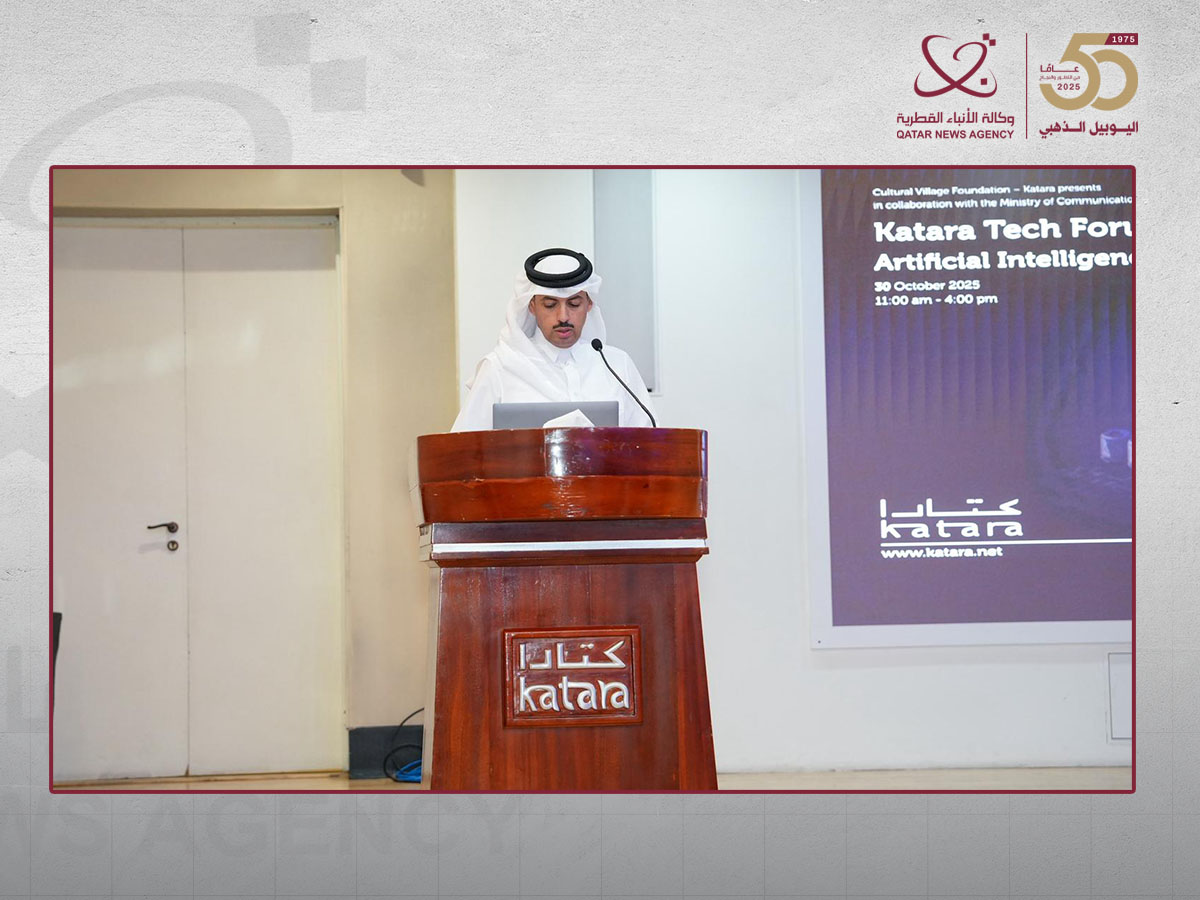Copyright scmp

Japan and the United States are preparing to jointly tap deep-sea rare earth deposits near Minamitorishima, in what analysts see as a strategic bid to insulate their hi-tech sectors from China’s grip on critical minerals and fortify supply chains amid rising geopolitical rivalry. Prime Minister Sanae Takaichi confirmed Tokyo’s intention to cooperate with Washington on seabed exploration and resource development after meeting US President Donald Trump in Tokyo on October 28. The two sides agreed to identify joint projects across the mining, smelting and processing chain for rare earth elements essential to advanced manufacturing, clean energy and defence. Speaking in the Diet on Thursday, Takaichi said, “It is important for both Japan and the United States to secure diverse procurement methods. We are considering specific ways to proceed with cooperation.” Takaichi has long been a proponent of exploiting Japan’s reserves of minerals and rare earth elements, even though their location at the bottom of the Pacific Ocean has made them relatively difficult to access. And while Tokyo recognises that it will be costly to develop the technologies to extract rare earths – such as dysprosium, terbium, neodymium and yttrium – from the seabed, it is also acutely aware that it cannot rely on other producers to ensure an uninterrupted supply of the materials that its companies require. “China is playing the rare earths card with the US and this is not the first time they have done it,” said Jeff Kingston, director of Asian Studies at Temple University in Tokyo. Rare earths were used as leverage in September 2010, when a Chinese fishing boat was involved in a clash with Japan Coast Guard vessels after it was located operating in waters around disputed islands in the East China Sea. Coastguard officials boarded the ship off the Diaoyu Islands, which Japan controls and knows as the Senkaku archipelago, and arrested the captain and his crew. The Chinese government then cut diplomatic and trade ties with Japan, including halting supplies of rare earths critical for the production of consumer electronics, clean energy systems, medical equipment, military technology and others. “Japan had little choice but to kowtow then and Takaichi knows now that China produces around 70 per cent of the world’s rare earths and refines and processes about 90 per cent of the global supply,” Kingston told This Week in Asia. “These are elements that are critical to all sorts of hi-tech gadgets and make Japan’s hi-tech sector vulnerable to Beijing if it wants to disrupt supply chains. Any way that Japan can find to offset Chinese dominance in this sector will be welcome.” The Japan Agency for Marine-Earth Science and Technology has in recent years conducted a series of research operations in Japan’s exclusive economic zone, most recently in August when the deep-sea drilling ship Chikyu was deployed to a site about 100km from Minamitorishima, an island 1,848km southeast of Tokyo and the most easterly part of Japan. Material was gathered from a depth of about 5,500 metres over the course of three weeks. Experts said before the mission that they were hoping that each ton of seabed mud would contain an average of 2kg of rare earth elements. Researchers dredging the seabed in waters elsewhere within Japan’s exclusive economic zone (EEZ) have previously found significant deposits of minerals, with a 2018 study off the Ogasawara Islands south of Tokyo indicating that a 400 sq km area could contain as much as 16 million tons of rare earths. There are high hopes that the seabed around Minamitorishima will also yield large amounts of minerals. At just 151 hectares (373 acres), the island is small but strategically important as it permits Tokyo to claim an EEZ that covers nearly 429,000 sq km of the surrounding waters and seabed, as well as any mineral or energy deposits that lie beneath the floor of the ocean. In June 2023, researchers from the University of Tokyo and the Nippon Foundation carried out research around the island, identifying large deposits – an estimated 230 million tons in an area of 10,000 sq km – of nodules high in cobalt and nickel. The nodules are understood to have formed over millions of years as metals transported in the ocean attach to nuclei, such as fish bones, on the seabed. The team estimated that the deposits contain about 610,000 tons of cobalt, sufficient to meet the needs of Japanese industry for around 75 years, and some 740,000 tons of nickel, about 11 years of domestic consumption. In a study titled “Research on National Power” published in 2024, Takaichi indicated that she would turn Minamitorishima into a hub for processing rare earth elements harvested from the seabed nearby. “I aim to build a rare earth production system with Minamitorishima as a base,” Takaichi wrote, adding that if the plan was successful, “a stable domestic rare earth supply system will be realised, contributing greatly to Japan’s resource security”. The island would appear to be an ideal base of operations. It has no permanent residents who would be inconvenienced by large-scale industrial operations, but it has infrastructure, including an airfield, as it serves as a military base. Processing the raw material on the island would also reduce transport times and permit only the refined rare earths to be shipped in bulk to Japan or the US. “Given that rare earths have been such an issue between the US and China in recent months, plans for joint development with Japan are going to be welcomed on both sides of the Pacific,” Kingston said. “The gesture is also timely as it shows that Japan is willing to pitch in to help the US, but it also allows Takaichi to demonstrate to the Japanese people that Japan is contributing.” Kohmei Harada, director of the Sustainability Design Institute and a former director at Japan’s National Institute for Materials Science, agreed that it was “critical” for Tokyo to secure adequate and reliable sources of rare earths, but sounded a note of caution about claims of vast mineral wealth just waiting to be scooped up. “There are many challenges still to be overcome, including how the resources can be collected from such great depths, how they can be brought to the surface safely and then transported to be refined, all without causing the pollution that many environmental experts are concerned about,” he said. “There is no doubt that Japan needs these resources, but I just hope they are there in the amounts that they are predicting and that they can be recovered economically.”



